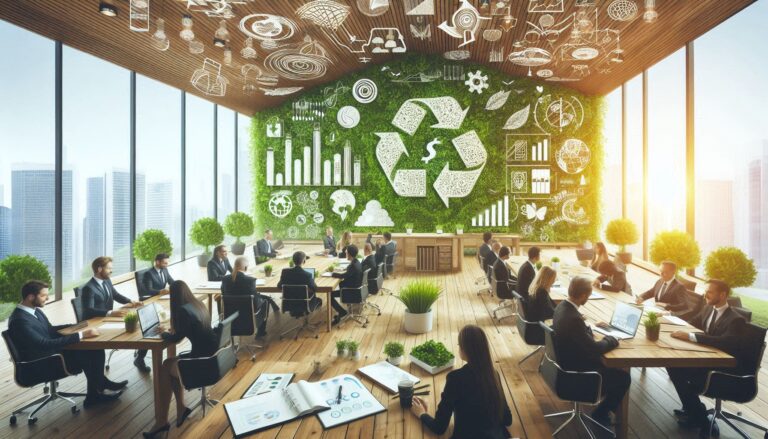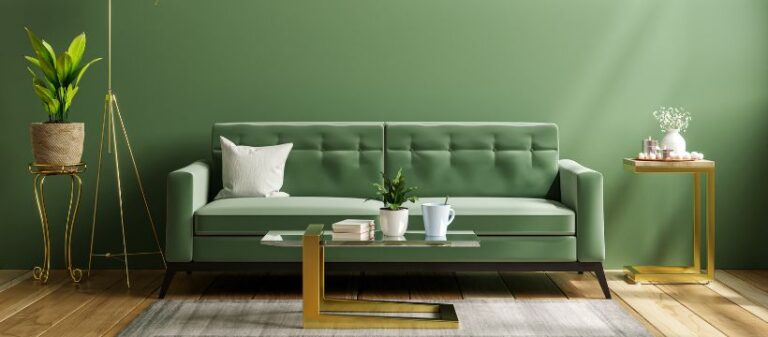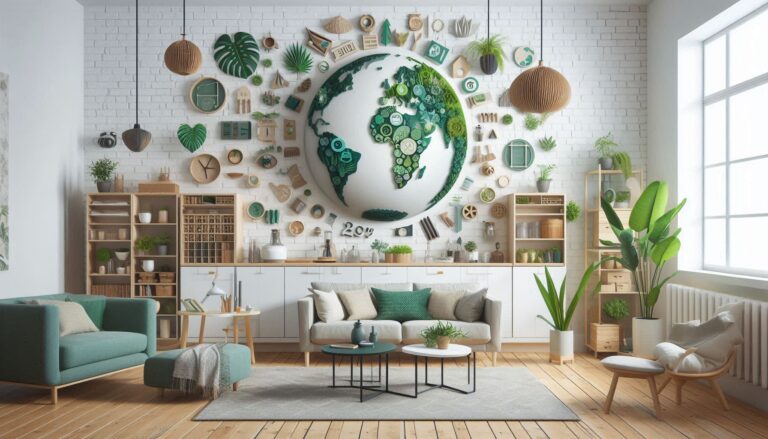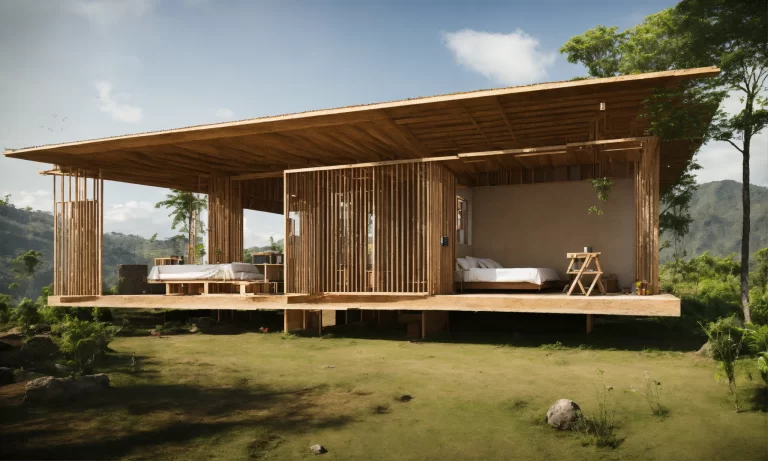How to Incorporate Renewable Energy Solutions into Interior DesignIncorporate Renewable Energy Solutions into Interior DesignHow to Incorporate Renewable Energy Solutions into Interior Design
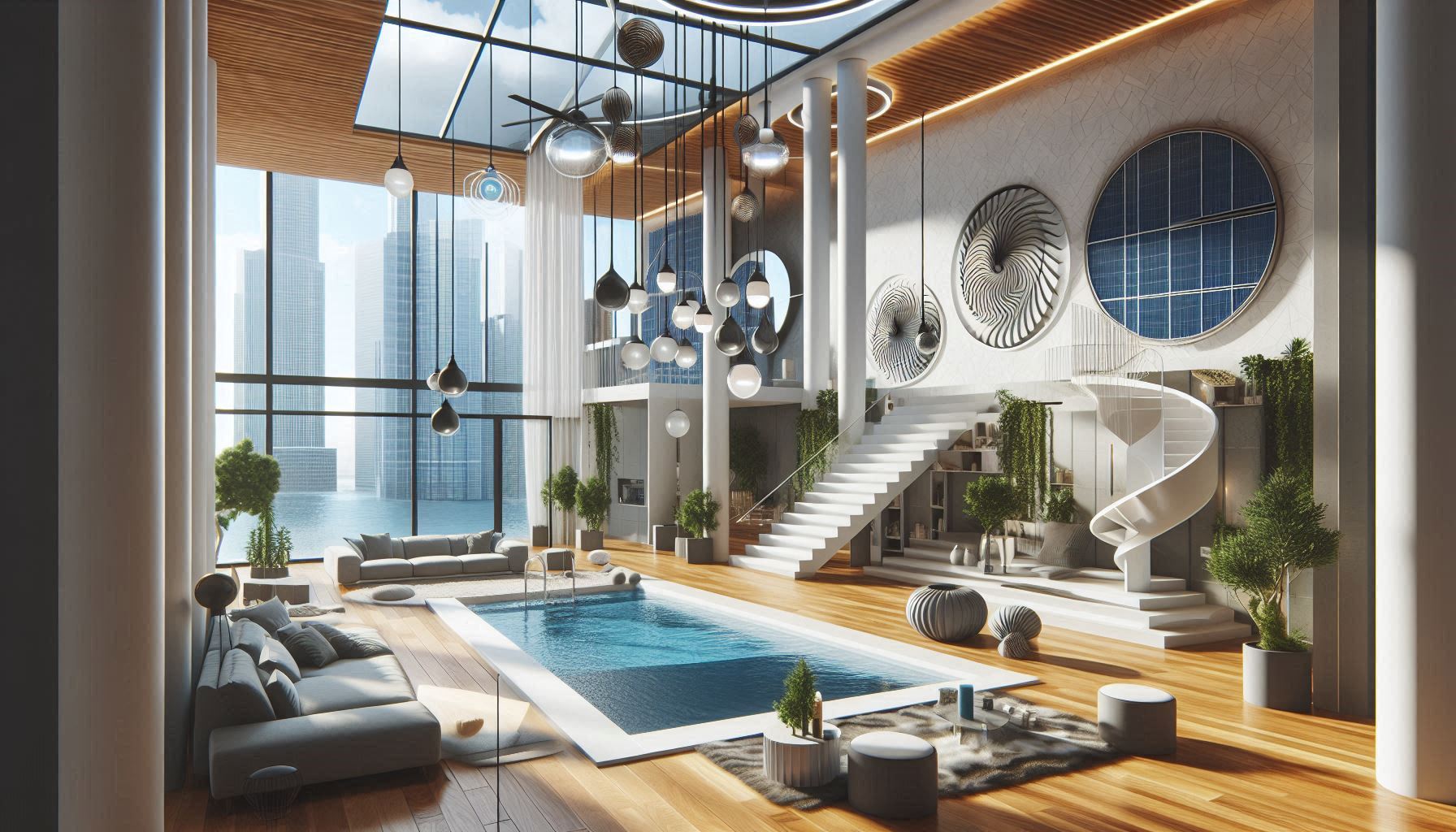
Renewable energy solutions are becoming increasingly accessible for interior designers looking to reduce the carbon footprint of their projects. From solar power to wind energy, integrating renewable energy into interior design can make spaces more sustainable and energy-efficient. Here’s how to incorporate these solutions into your designs.
1. Solar Panels for Energy Generation
Solar panels are one of the most popular renewable energy solutions for residential and commercial interiors. By installing solar panels on the roof or integrated into the design, designers can help clients generate their own electricity, reducing their reliance on fossil fuels and lowering energy costs. Solar panels can be used to power lighting, heating, and appliances in a space, contributing to overall sustainability.
2. Solar Water Heating Systems
Solar water heaters use the sun’s energy to heat water for homes and businesses, providing an energy-efficient alternative to traditional water heaters. These systems can be incorporated into the design of bathrooms, kitchens, or any space that requires hot water, significantly reducing energy consumption and carbon emissions.
3. Wind Energy Integration
While wind energy may not be suitable for all locations, small residential wind turbines can be an option for spaces in areas with high wind activity. Wind energy systems can generate electricity for a home or business, and when paired with other renewable energy sources like solar panels, they create a highly sustainable energy solution.
4. Energy-Efficient Appliances and Fixtures
Incorporating energy-efficient appliances, lighting, and fixtures is another way to reduce energy consumption in interior design. By selecting ENERGY STAR-rated products, you can help clients reduce their energy use while still maintaining functionality and aesthetics. Consider integrating smart technology that automatically adjusts energy consumption, such as programmable thermostats or energy-efficient lighting systems.
5. Passive Design Techniques
Passive design techniques, like strategically placing windows for natural light or orienting buildings to maximize sunlight exposure, can help reduce the need for artificial lighting and heating. By designing spaces that naturally stay cooler in the summer and warmer in the winter, you can reduce the overall energy demand of a building.
Conclusion
Incorporating renewable energy solutions into interior design is a key step in creating sustainable, energy-efficient spaces. By integrating solar power, wind energy, energy-efficient appliances, and passive design techniques, designers can help reduce clients’ environmental impact and lower their energy costs, contributing to a more sustainable future.


